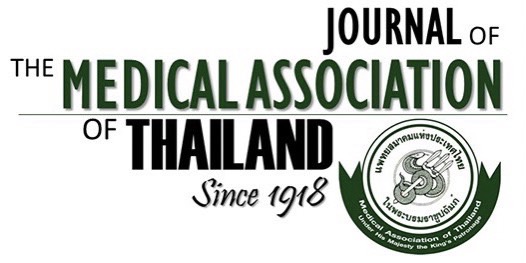A Randomized Controlled Trial on Outcomes of Polymethylmethacrylate and Hydroxyapatite Implants in Evisceration: Introducing the Four-Petal Myoconjunctival Technique
Suppapong Tirakunwichcha¹, Panida Potita¹, Tiparut Thithuan², Supanida Limpongsanurak¹, Pakaporn Kittichokechai³, Thanchat Jienmaneechotchai⁴
Affiliation : ¹ Department of Ophthalmology, Faculty of Medicine, Chulalongkorn University and King Chulalongkorn Memorial Hospital, Thai Red Cross Society, Bangkok, Thailand; ² Department of Ophthalmology, Pathumthani Hospital, Pathum Thani, Thailand; ³ Department of Ophthalmology, Chonburi Hospital, Chonburi, Thailand; ⁴ Department of Ophthalmology, Faculty of Medicine Siam University, Pranangklao Hospital, Nonthaburi, Thailand
Objective: To compare the success rate of scleral-wrapped polymethylmethacrylate (PMMA) and hydroxyapatite (HA) orbital implants in primary evisceration using the four-petal myoconjunctival technique.
Materials and Methods: A randomized controlled trial was conducted. All enrolled patients underwent primary evisceration with the four-petal myoconjunctival technique. The primary outcome measured was the success rate of wearing an ocular prosthesis eight weeks post-surgery without complications. Secondary outcomes included orbital implant motility, prosthetic motility, and the incidence of post-operative complications.
Results: Thirty-one patients were analyzed, with 17 patients in the PMMA group and 14 in the HA group. The success rate for wearing an ocular prosthesis was 100% in the PMMA group and 93% in the HA group (p=0.45). At eight weeks postoperatively, orbital implant and prosthetic motility were comparable between the PMMA and HA groups across all gaze directions. Mean implant movements in both groups ranged from 3.8 to 5.6 mm, with no statistically significant differences between them (p>0.05). One patient in the PMMA group experienced wound dehiscence, while one in the HA group developed a conjunctival cyst.
Conclusion: At eight weeks, both wrapped PMMA and HA implants showed comparable outcomes in prosthesis wear and motility. The four-petal technique was effective with minimal complications, making PMMA a practical option in resource-limited settings.
Received 10 March 2025 | Revised 5 July 2025 | Accepted 30 July 2025
DOI: 10.35755/jmedassocthai.2025.9.739-746-02804
Keywords : Evisceration; Four petal evisceration; Orbital implant; Polymethylmethacrylate; Hydroxyapatite; Myoconjunctival attachment
All Articles
Download



